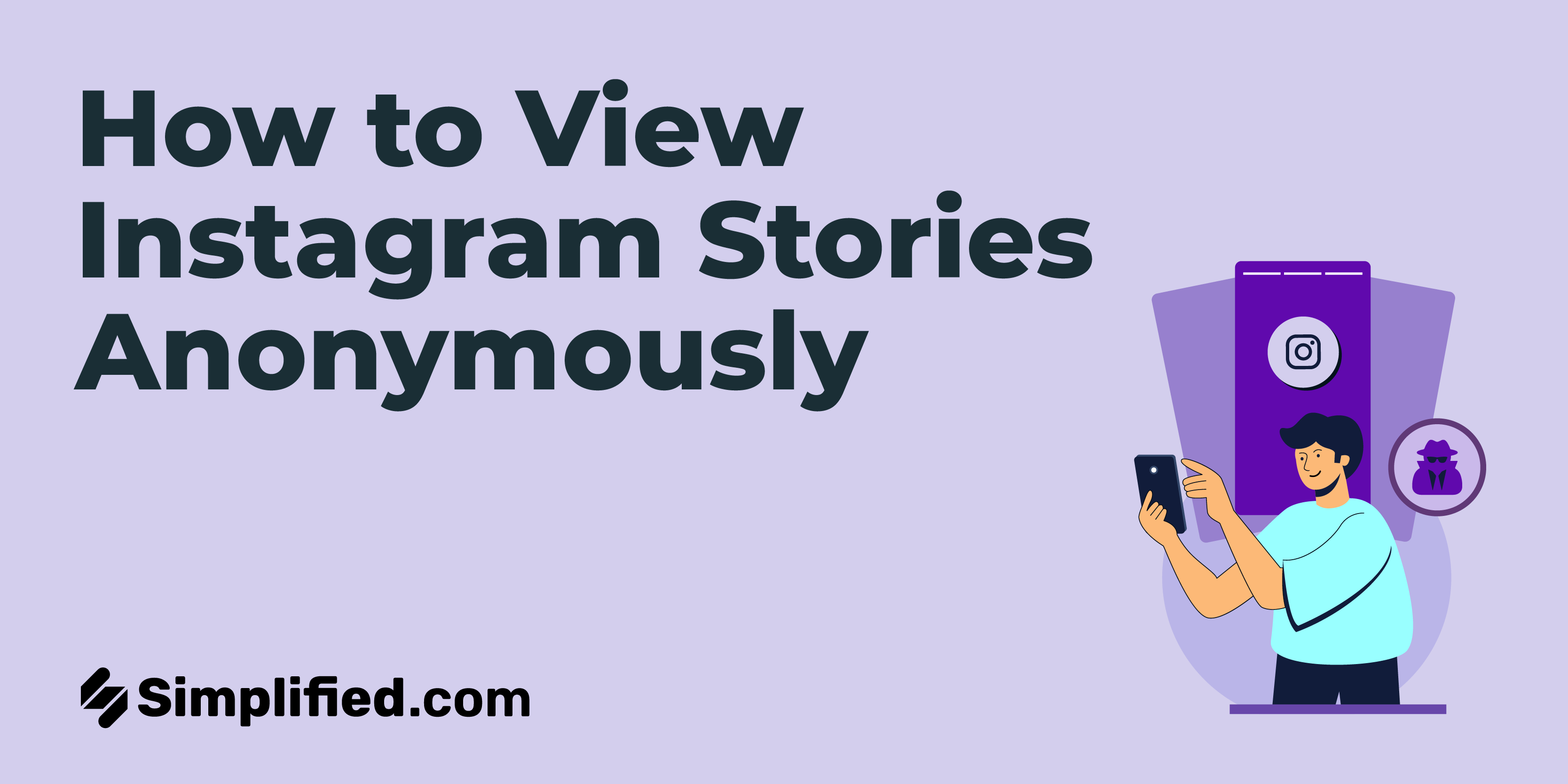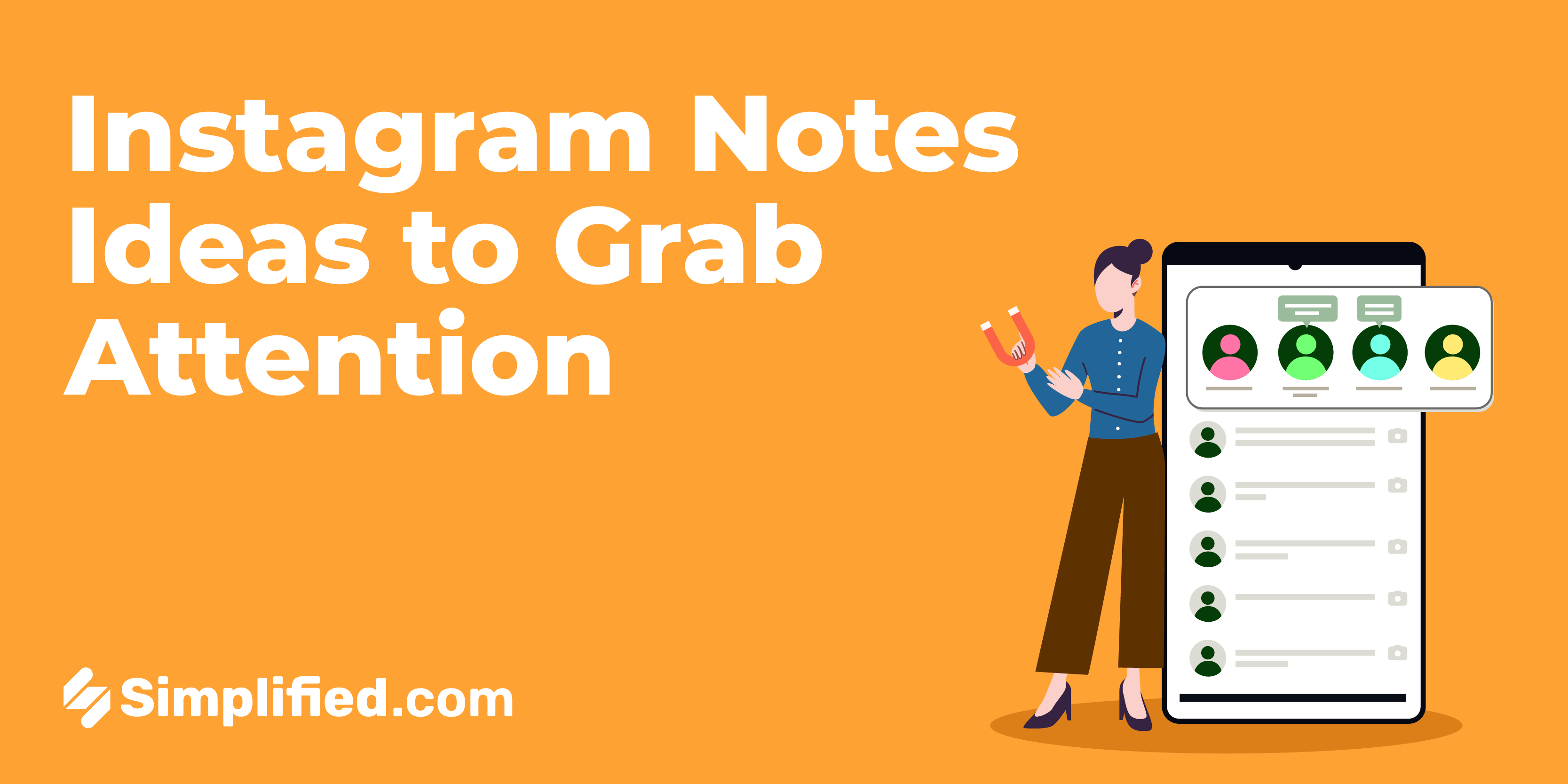What do you mean by Gen Z?
Ever heard someone mention "Gen Z" and wondered what it refers to? You've come to the right place! Gen Z, also known as the post-millennial cohort, encompasses individuals born between the mid-1990s and the mid-2010s. Gen Z is a generation that practically grew up with social media at their fingertips. They're highly active on platforms like Instagram, Snapchat, and TikTok.
What is Gen Z's perspective on social media?
Gen Z exhibits a significant level of engagement and activity on social media platforms. They gravitate towards visual-centric channels like Instagram, Snapchat, and TikTok, where they can readily exchange photos, videos, and concise content with their peers. Moreover, they place greater emphasis on personal expression and individuality compared to previous generations. Consequently, they are more inclined to follow and interact with influencers and content creators who align with their values and interests.
What defines the characteristics of Gen Z?
This generation stands out for their remarkable tech proficiency and status as digital natives, having been raised with the internet and social media seamlessly integrated into their daily lives.
Additionally, Gen Z is recognized for their heightened social and political awareness, harnessing social media as a platform to voice their opinions on a wide array of topics, ranging from climate change to social justice. They actively participate in online activism and utilize social media to mobilize and engage in social and political movements.
Gen Z represents an immensely influential demographic within the realm of social media, and their preferences and behaviors are actively shaping the future of both social media platforms and digital marketing strategies.
Leveraging Powerful Visuals
Throughout the glossary page, incorporate eye-catching visuals like icons or infographics to represent key terms and enhance comprehension.
By using these elements, you've crafted a compelling and informative Gen Z social media glossary landing page that caters to a wider audience through the use of secondary keywords. This approach not only educates visitors but also encourages them to explore your glossary further and potentially subscribe for additional resources.
.webp)













